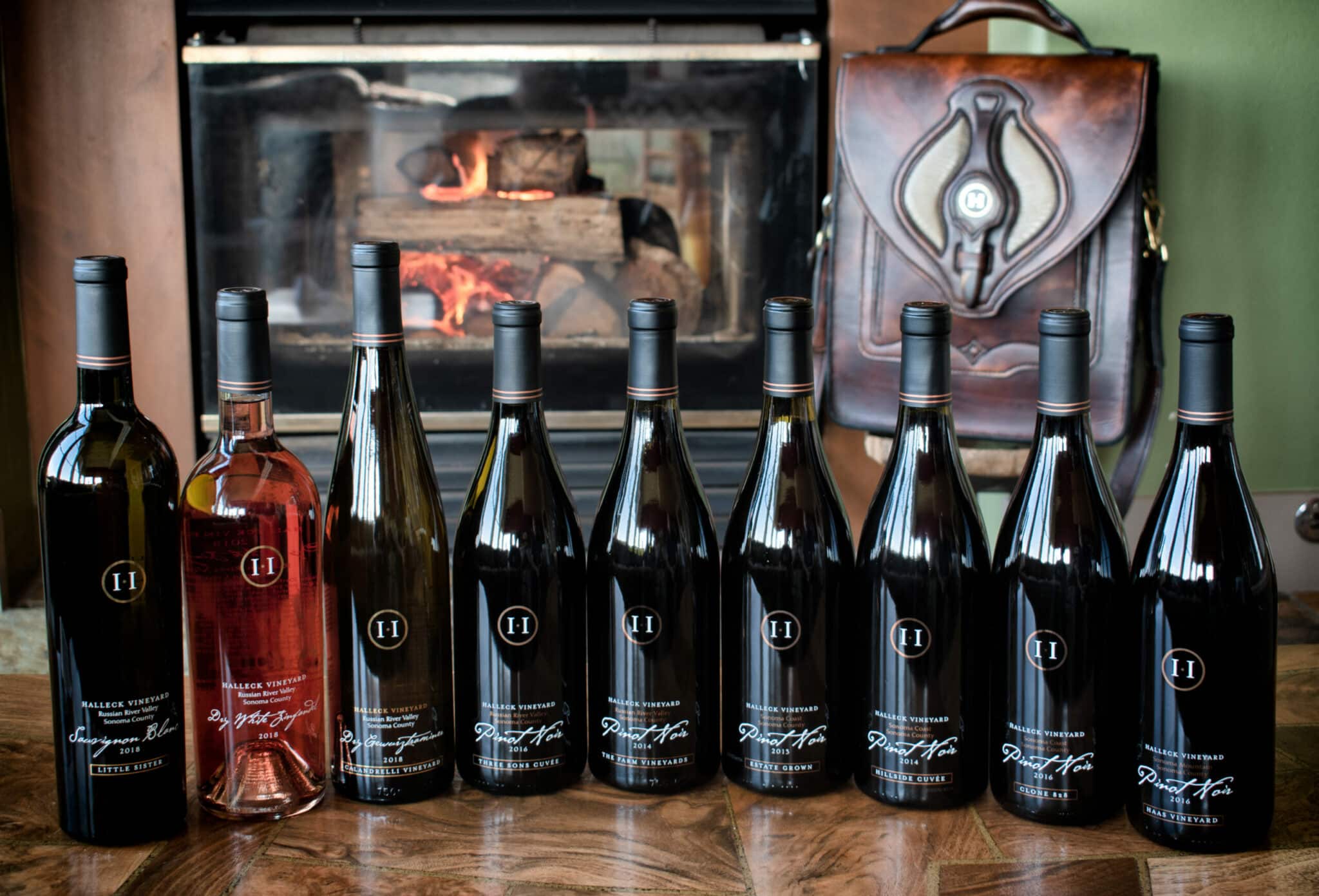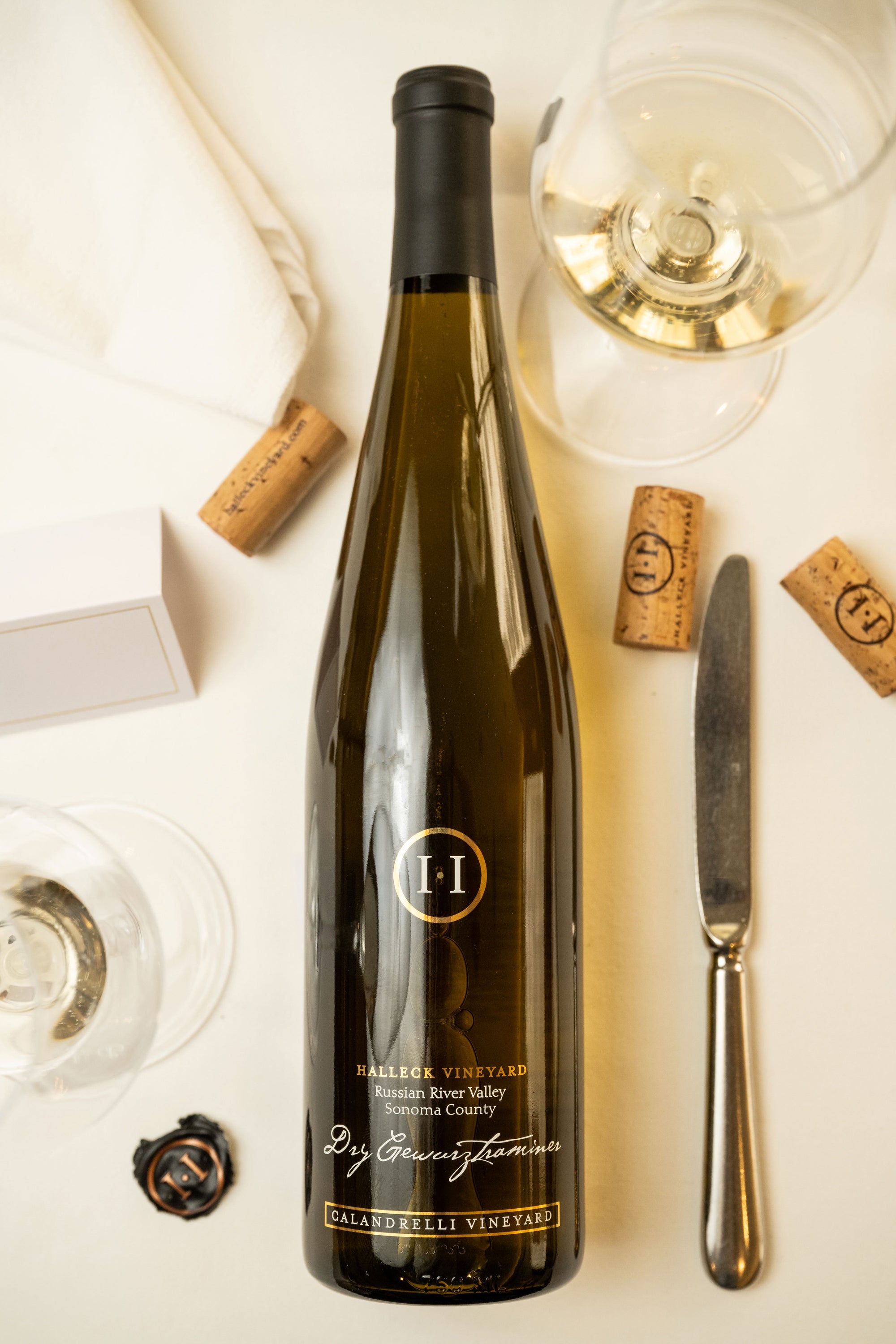Affordable Wine Tastings In Sonoma County - Sebastopol Wine Country Vineyards Adventure
Affordable Wine Tastings In Sonoma County - Sebastopol Wine Country Vineyards Adventure
Blog Article
Wineries With Scenic Views - Sebastopol Wine Experiences
Wine tasting is an art that combines sensory experience with an appreciation for the nuances of different varietals. How to evaluate flavors in winery wine tasting sessions is pivotal to grasping the complexities of wine.
Engaging in a wine tasting involves more than merely sipping and savoring. It requires a focused approach to establish aromas and flavors that every wine presents. As you begin, observe the wine's appearance, noting its color and readability. These visible cues often suggest a wine’s age, grape variety, and even potential flavor profiles.
The next step within the tasting course of is to swirl the wine in your glass. This motion releases aromatic compounds that are vital for analysis. Lean in and take a moment to inhale deeply; the aromas can range from floral and fruity to spicy and earthy. The nostril of the wine is simply as essential as the palate, and recognizing scents plays a significant function in understanding the general experience.
When taking your first sip, permit the wine to move throughout your palate - Wineries Located Near Russian River Valley. Discover the preliminary flavors that present themselves. Is the wine fruity, floral, or perhaps herbaceous? This preliminary style gives insight into what the wine is likely to categorical as you continue to evaluate it. The mouthfeel also contributes to the overall flavor experience; it can be silky, tannic, and even effervescent.
Wineries With Unique Varietals - The Charm Of Sonoma Wineries
As you continue tasting, pay attention to the wine’s balance. A well-balanced wine will harmonize acidity, sweetness, and tannins. If one component overwhelms the others, it might point out a less desirable high quality. Evaluating steadiness may help you establish how properly the wine may pair with food.
Transitioning to the finish, consider how the flavors evolve as the wine lingers in your palate. A lengthy, nice finish can indicate a high-quality wine, whereas a short or abrupt end may recommend otherwise. Reflect on whether the flavors stay constant or if new notes emerge because the wine settles. This progression can reveal complexities and intricacies that might not have been obvious within the preliminary tasting.
Temperature is also an important think about evaluating wine flavors. Totally Different types of wine are optimally loved at particular temperatures. White wines typically shine when chilled, while pink wines usually perform best at room temperature. When tasting, ensure the wine is on the appropriate temperature to completely respect its character.
Wineries Producing Pinot Noir And Chardonnay - Sonoma Wine Retreats
Pairing food with wine can greatly enhance the tasting experience. Meals can influence the perception of flavors in wine, either highlighting certain characteristics or diminishing them. When evaluating flavors, think about how the wine interacts with different foods, noticing which flavors are amplified or muted (Wineries With Outdoor Seating).

Think About the influence of terroir as you have interaction in a winery tasting. Terroir encompasses the unique environmental components that have an effect on grape rising, including soil composition, local weather, and geography. Understanding a wine's terroir can provide perception into its flavors and aromas, fostering a deeper appreciation for the alternatives made throughout its cultivation and production.
Schooling performs a elementary function in enhancing one's ability to gauge wine flavors. Learning about grape varieties, wine regions, and manufacturing methods can pave the way in which for extra knowledgeable judgments during tastings. Moreover, attending workshops or classes can refine sensory skills and expand your flavor vocabulary, enabling you to articulate tasting notes more successfully.

Lastly, it's important to do not forget that evaluating wine flavors is a highly personal experience. Individual preferences and perceptions will invariably shape one’s tasting journey. Enjoyment should be at the forefront, with the analysis process acting as a software to enhance understanding and appreciation somewhat than create inflexible tips.
Spectacular Vineyard Views In Sonoma - Winery In The Sonoma Wine Region
In conclusion, mastering the way to evaluate flavors in winery wine tasting periods entails a mix of sensory engagement, information, and practice. By studying to establish aromas, assess the balance, and appreciate the intricacies of flavor, wine enthusiasts can deepen their connection to each bottle they encounter. As with any art kind, the extra one immerses themselves within the experience, the extra they will discover and enjoy the vast world of wine.
- Begin by observing the wine's color and clarity, as these visual parts can hint at its flavor profile and growing older potential.
- Swirl the wine gently in your glass; this releases fragrant compounds, permitting you to higher establish the advanced scents related to the wine.
- Take a deep inhale earlier than tasting, specializing in each major and secondary aromas to assemble insights on fruits, spices, and different nuances.
- When tasting, enable the wine to coat your palate; note the preliminary flavors, the mid-palate complexity, and the end as these phases can present completely different flavor highlights.
- Pay consideration to texture and mouthfeel, as elements similar to tannin levels, acidity, and sweetness contribute significantly to the overall tasting experience.
- Compare flavors against standard wine traits; for pink wines, contemplate berry notes, oak affect, and herbal tones, while whites may embody citrus, stone fruits, and floral hints.
- Take notes in the course of the tasting session to trace your impressions, helping you to remember and evaluate the completely different wines sampled.
- Focus On your findings with fellow tasters or winery employees, as sharing insights can enhance understanding and appreciation of individual flavors.
- Allow time for the wine to breathe; generally, flavors evolve and reveal new dimensions after being uncovered to air.
- Experiment with food pairings through the tasting as they can dramatically alter how flavors are perceived, influencing total enjoyment.undefinedWhat ought to I look for when evaluating the aroma of wine during a tasting?
Begin by swirling the wine in your glass to launch its aromas. Convey the glass to your nose and take a deep breath. Pay consideration to the first scents you detect, as these are often essentially the most outstanding. Look for fruit, floral, herbal, or earthy notes and attempt to establish particular traits, which is able to deepen your understanding of the wine's complexity.
Wineries In The Heart Of Sonoma County Wine Region - Winery In The Sonoma Wine Region

How can I distinguish between totally different flavor profiles in wine?
Understand that flavor profiles are sometimes categorized as fruit, floral, herbaceous, spicy, or mineral. Take small sips and allow the wine to coat your palate. Discover the first flavors that emerge first and the subtle notes that observe. This layering is essential in distinguishing the wine's traits and can help you respect its unique profile.
Best Chardonnays From Sonoma Winemakers - Wineries To Visit
What is the importance of the wine's texture in a tasting?

The texture of the wine, also called mouthfeel, plays a vital position in how we perceive flavors. Pay attention as to whether the wine feels smooth, creamy, or gritty. The physique of the wine (light, medium, or full) can improve or contrast with flavors, offering a more rounded experience during tasting.
How do I assess the steadiness of flavors in wine?
Stability in wine refers again to the harmony between acidity, sweetness, tannin, and alcohol. visit the site Take a moment to evaluate whether these parts complement or intervene with one another. A well-balanced wine may have none of its parts overpowering the others, creating a pleasant tasting experience.
Wineries With Artisan Chocolate Pairings In Sonoma - Sonoma Wine Culture
What function does temperature play in evaluating wine flavors?
Temperature can significantly impression the perception of flavors. Typically, purple wines are finest served slightly beneath room temperature, while white wines get pleasure from being chilled. As the temperature changes, the aromas and flavors can shift, permitting you to perceive totally different traits. It’s essential to style wine at its optimal temperature for true evaluation.
Local Favorite Wineries In Sonoma - Sonoma Wine Tasting Adventures
How can I enhance my tasting skills over time?
Practice is essential to improving your tasting skills. Wineries In Green Valley. Attend tastings, keep a journal of your experiences, and explore various sorts of wines to broaden your palate. Moreover, learning about wine production and grape varieties can present context that enhances your evaluation process, making you a extra knowledgeable taster.
Is there a specific order by which I ought to taste the wines?
Sonoma's Top Sparkling Wine Producers - Family-Owned Wineries In Sonoma
Yes, it’s advisable to taste wines from light to full-bodied and dry to candy. This development prevents the stronger flavors from overshadowing the more delicate ones, allowing you to totally recognize each wine's characteristics and nuances with out palate fatigue.
How can I consider the aftertaste of wine?
Wineries Pairing Wine With Chocolate - Scenic Wineries Of Sebastopol
The aftertaste, or finish, is an important side of the wine-tasting experience. After swallowing, take note of how lengthy the flavors linger in your palate and whether they change. A long, nice end is usually an indicator of a high-quality wine, while a short or disagreeable end might recommend otherwise.
Why is it necessary to notice the wine’s acidity throughout tasting?
Acidity contributes to the general freshness and structure of the wine. Pay attention to the tingling sensation in your tongue; greater acidity can enhance the wine's liveliness and balance out sweetness. Noting acidity helps decide the wine's versatility with food and its growing older potential.
What should I do if I struggle to establish specific flavors in wine?
Popular Wineries With Outdoor Seating In Sonoma - Sonoma Wine Retreats
Struggling to identify flavors is common, especially go to these guys for novices. Focus on broader classes and describe what you can acknowledge, similar to sweet or earthy notes. With practice, reading about different flavor profiles, and perhaps utilizing flavor wheels, you may refine your senses and develop a extra nuanced strategy to tasting. Report this page